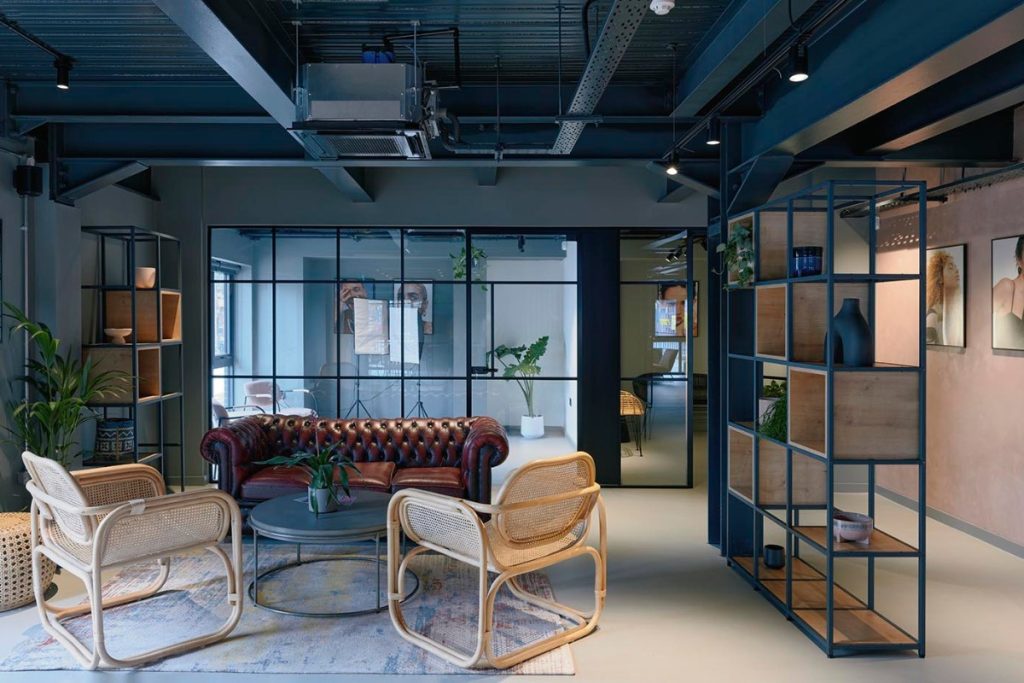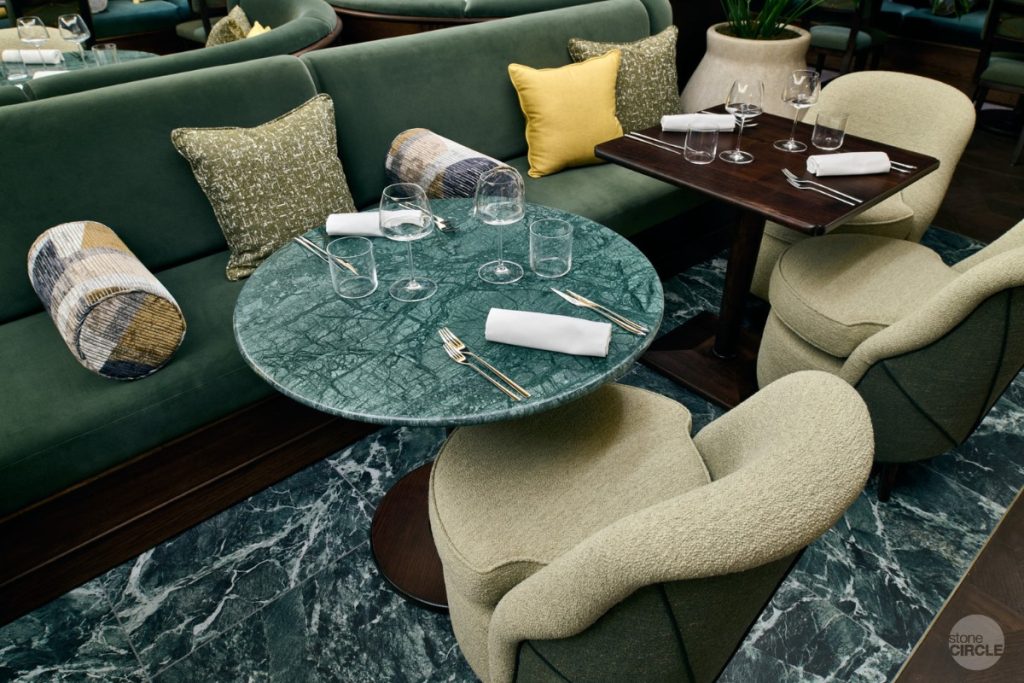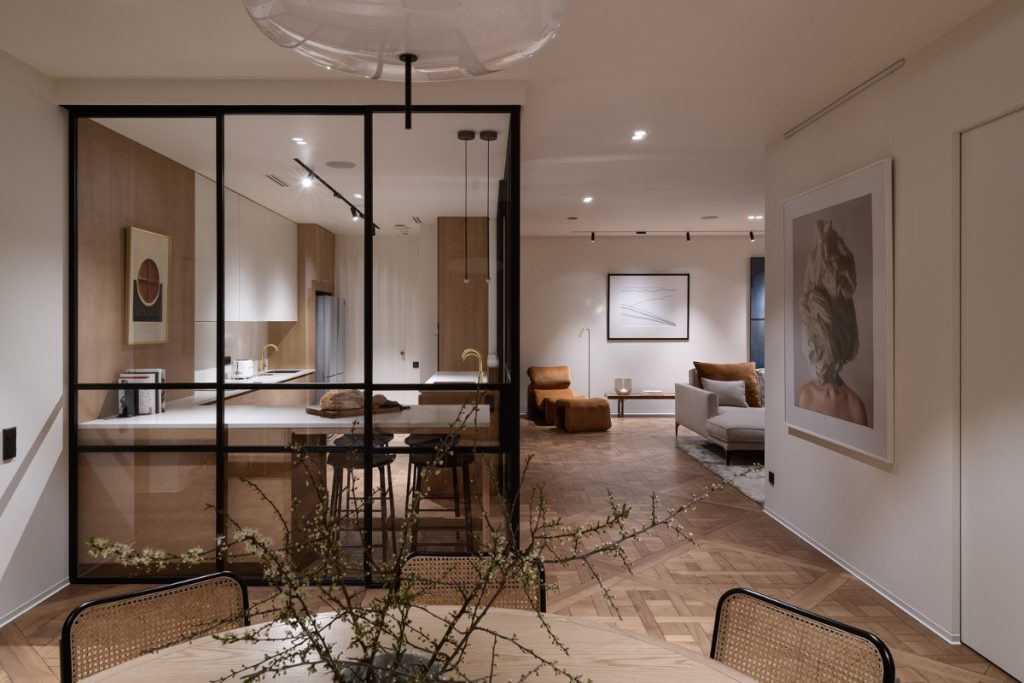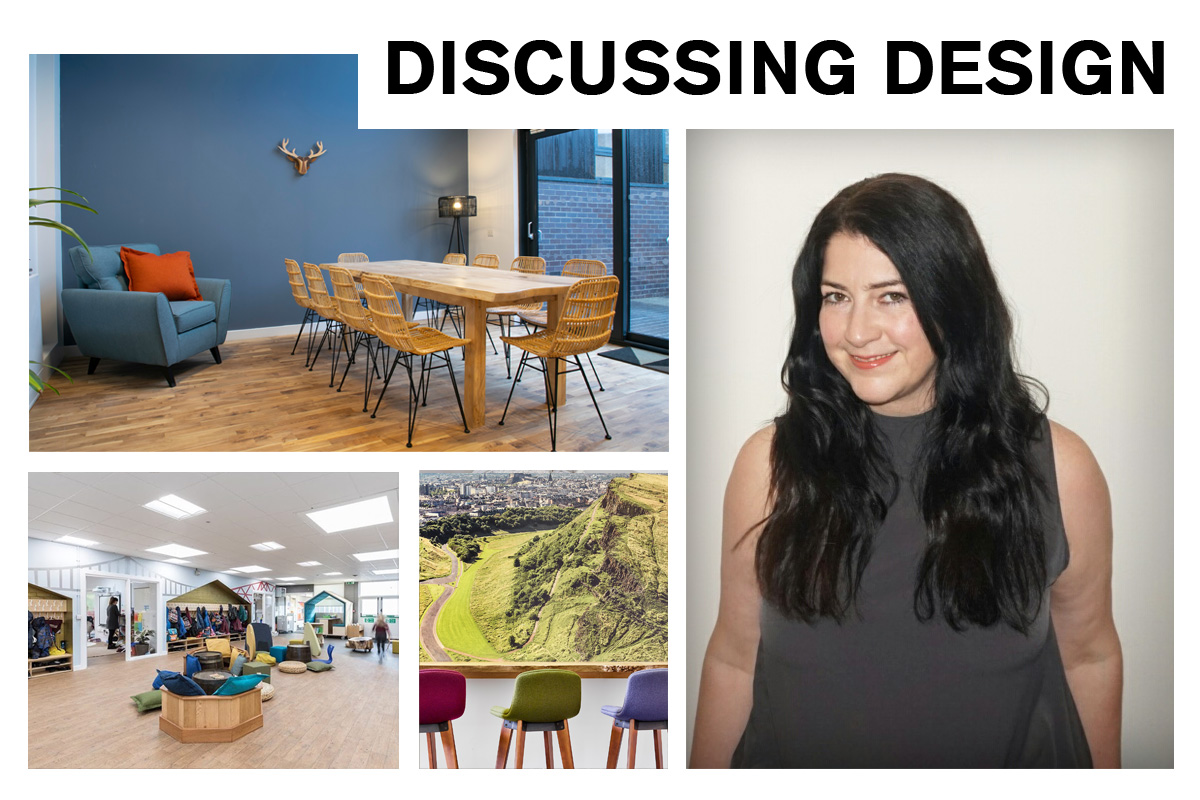 13th March 2020 | IN EXPERT INSIGHT | BY SBID
13th March 2020 | IN EXPERT INSIGHT | BY SBIDMeet Lesley McMillan
interior designer, City of Edinburgh Council
Lesley McMillan, interior designer, City of Edinburgh Council, is an award-winning interior and architectural designer with a 20-year career spanning residential and commercial design. Wellbeing is paramount to Lesley’s designs, with her passion for holistic, sustainable, inclusive and therapeutic concepts particularly applicable to the diverse range of public building interiors she has created for the City of Edinburgh Council. She is passionate about community participation in co-designing spaces with end-users, and her recent projects shortlisted in the SBID International Design Awards included a library; a home for children and young people in care; a crematorium; and nursery schools.
As the SBID Education Council chair and SBID’s Scotland regional director, Lesley is keen to promote best practices and expert knowledge within these sectors of interior architecture.
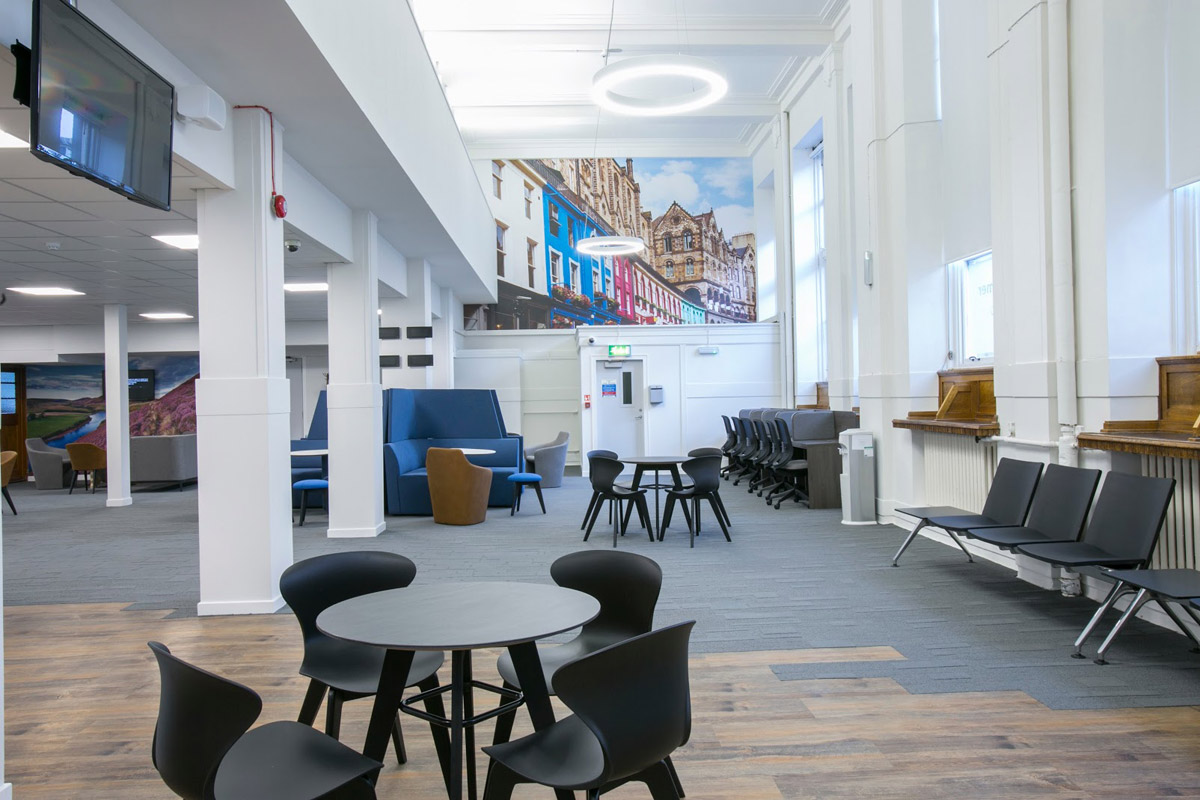
How can the design of learning environments help students prepare for the future?
My current role with Architecture and Design Scotland really has two elements: co-designing with pupil, teacher and community involvement, which in turn helps schools transition to agile learning environments. Digital transformation has recently gone from analogue to digital, and now, to virtual with the introduction of augmented reality. For the schools we’re building now, we need to consider that teaching methods and learning spaces are changing rapidly. We’re creating learning environments that encourage children to develop the skills they need for the jobs of the future, work that will require creative and collaborative critical thinkers.
So, much like the introduction of smart technology into offices, the design and furniture for schools must reflect these new capabilities. We will be taking inspiration from spatial learning typologies such as “campfires in cyberspace”, with adaptable configurations that let students gather in different group sizes for shared and collaborative learning. The furniture doesn’t necessarily have to be tables and chairs, it could be a comfortable sofa or a beanbag.
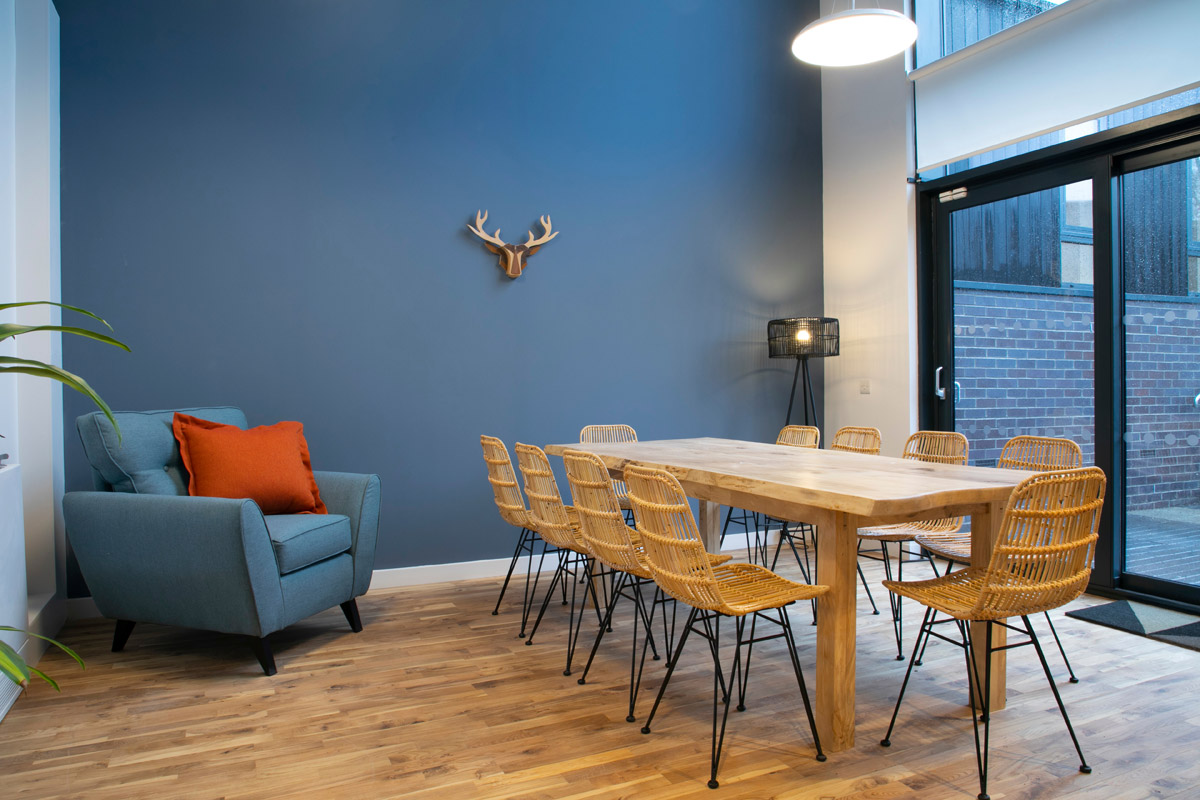
Can your designs help students grow into better adults?
I’m currently creating a process and guide to encourage the co-design process of inspiring and agile learning environments that looks not only at environmental sustainability in furniture and material specifications, but also social sustainability. Something I’ve done for my own projects, and which I encourage local authorities and pupils from other schools to do, is work with Scottish supported businesses, which are companies with at least fifty percent of staff who are disadvantaged or disabled. We’re exploring how the teaching environment can help people to be kind by reflecting on factors such as the ways environmental conditions can affect moods. It might just be that in a more pleasant atmosphere with natural air and comfortable surroundings, people are more likely to be happy and kind. Or perhaps spaces that have more organic and natural patterns, shapes and colours, which fits with biophilia; the idea of bringing nature into the interiors. We’ve really just started looking at it, but we are considering how we can make learning spaces socially sustainable with procurement and the creation of inclusive environments. We’ve done a lot of work with the Education Council to create spaces that feel comfortable for pupils and adults who require additional support for learning needs, addressing issues such as acoustics and how high stimulus colours contribute to sensory overload.
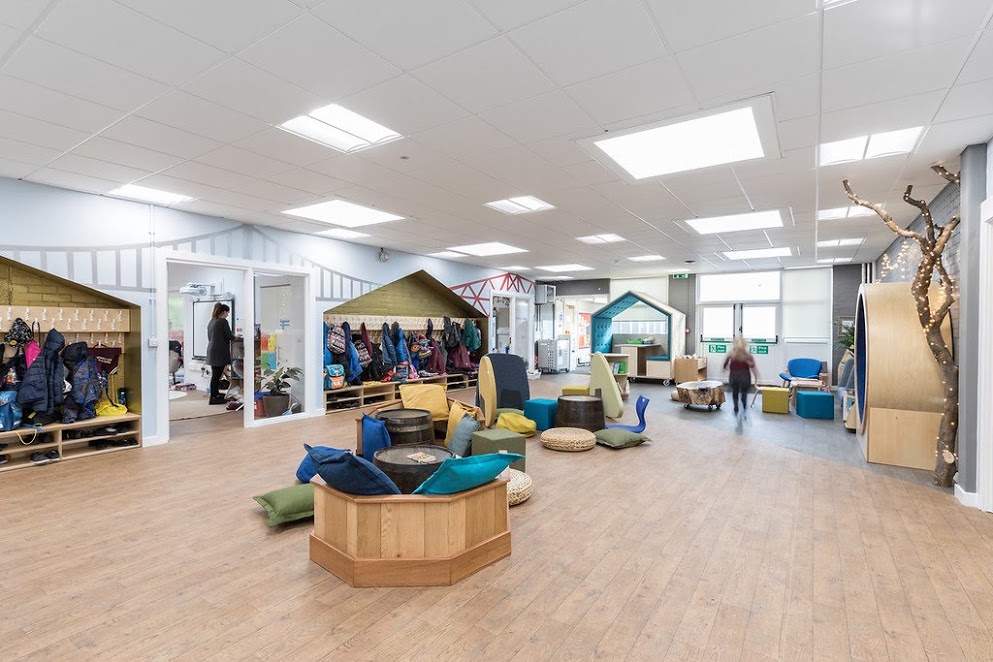
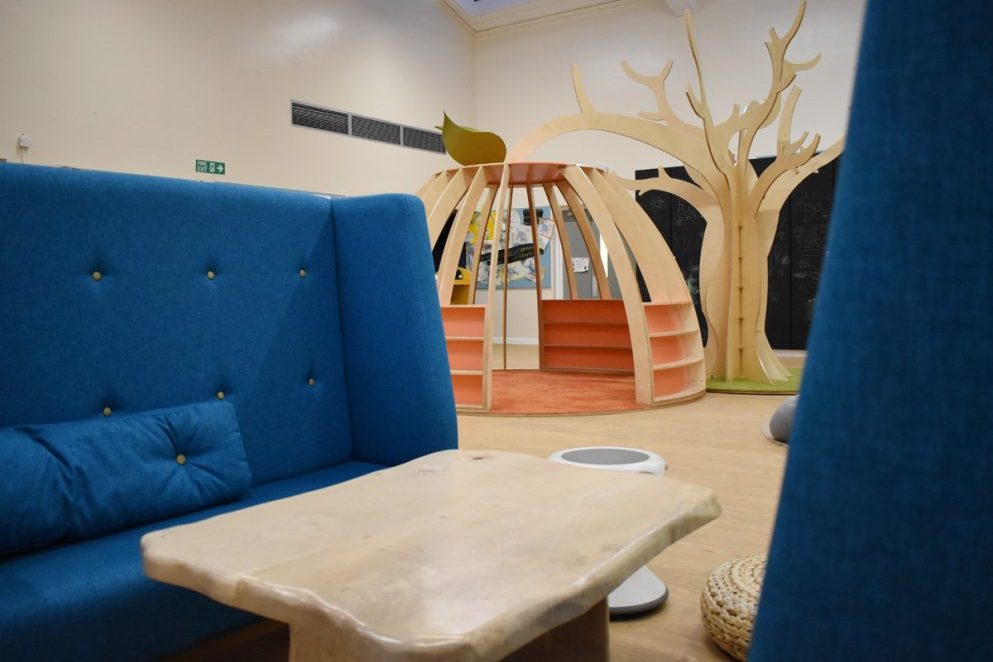
How do your designs encourage students’ capacity to learn?
Deep learning occurs when pupils are happy and relaxed, so my designs for learning environments consider their wellbeing with spaces that feel nurturing and comfortable. Biophilia has a big influence on my concepts. It’s proven that bodies release serotonin in the outdoors, which means people are happier and more comfortable when they’re outside. Lots of studies show that bringing natural materials, colours and patterns into interiors promotes that same sense of wellbeing, so I really try to apply this to the schools I design. I no longer like to call them “classrooms.” I prefer “learning spaces” because with so many different breakout and outdoor spaces that can be used, learning can happen anywhere.
What’s the best way to get people to participate in the creative process and accept new designs?
When co-designing a space, particularly a learning environment, it’s good to look at the school’s local community and the context of the local site. I often ask pupils to look at local nature, landscapes and history for inspiration, and then we pull from that, whether specific or in broad terms, to create a design narrative.
For example, involving the pupils and the parents in the design of St Margaret’s Primary School gave them a sense of ownership. We looked at Queen Margaret’s journey when she came to Scotland. She was responsible for the creation of the Queensferry crossing that resulted in the construction of three bridges over the Firth of Forth. Since she travelled by sea, we took shapes and colours from the coast to create a “learning ship,” and also incorporated graphics of the bridges and lyrics from the school’s song about Queen Margaret to give the space an identity.
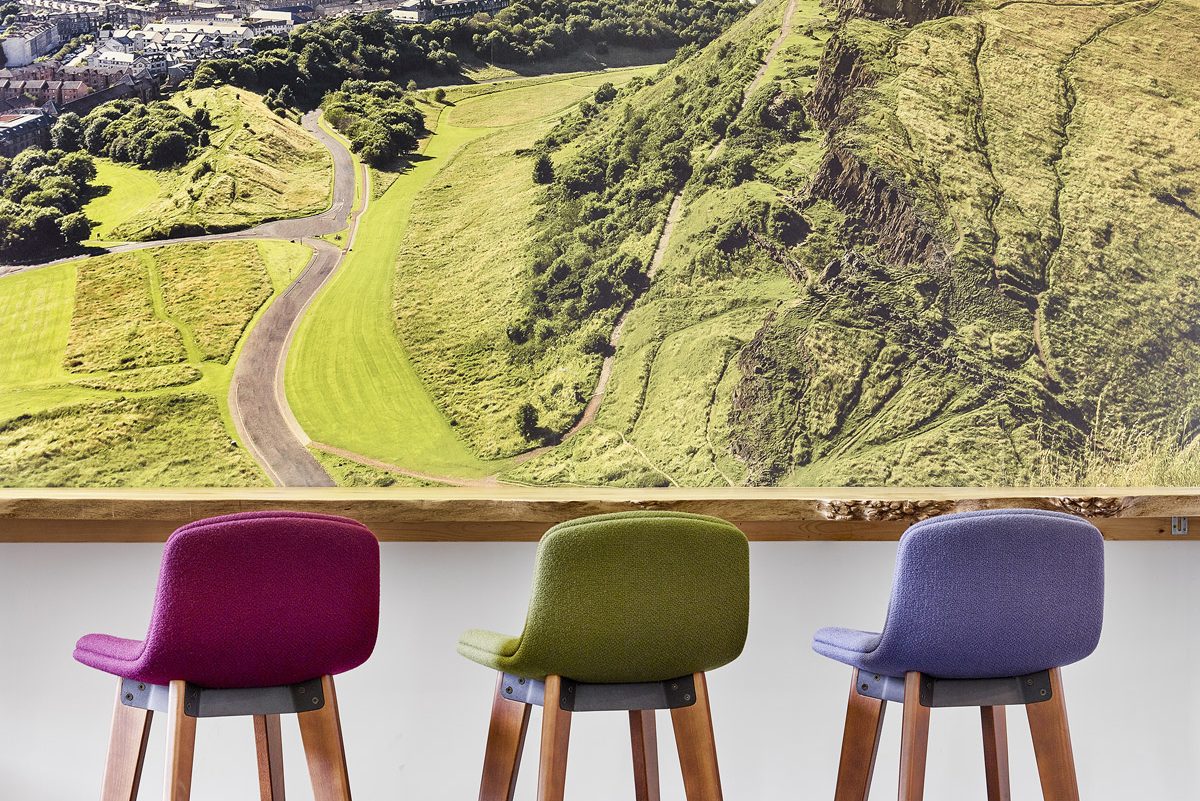
What needs to change in the design industry?
SBID is already doing a great job but, we can do more to strengthen interior designers’ reputation in the design industry and as a profession. Appointing an interior designer on a job isn’t a luxury. We bring benefits to public projects by creating environments that consider wellbeing, pedagogy, sustainability, and inclusivity. We can consider the design of nurturing and comfortable places such as children’s homes where my aim has been to create more therapeutic environments. An interior designer is an integral part of a design team and should be appointed from the outset. There’s the unfortunate misconception that interior designers just come along at the end and pick some colours and put in some cushions. But if we are actually appointed at the beginning of the project, we help form the interior architecture to ensure it works. In addition to providing decorative aesthetics, the job of an interior designer is complex. It is the only discipline within design that interacts with almost all other areas of the design industry such as architects, furniture designers/makers, surface pattern and textile designers, product designers, and graphic designers. We are aligned with all other building professions, from mechanical and engineering to architecture, etc and are highly experienced in refurbishing or re-purposing spaces. Qualified interior designers – with an accredited degree from a university – spend a lot of time on Continuing Professional Development and have a wealth of professional experience – something demonstrated by SBID Accreditation.
Lesley is one of the prestigious experts invited to join the extraordinary jury for the SBID Product Design Awards, alongside other renowned professionals across industrial and interior design, brand development, architecture, educational research and forward-thinking enterprise.
Click here to view the full judging panel.
The SBID Product Design Awards 2020 entry deadline has been extended!
To find out more about entering, visit www.sbidproductdesignawards.com
